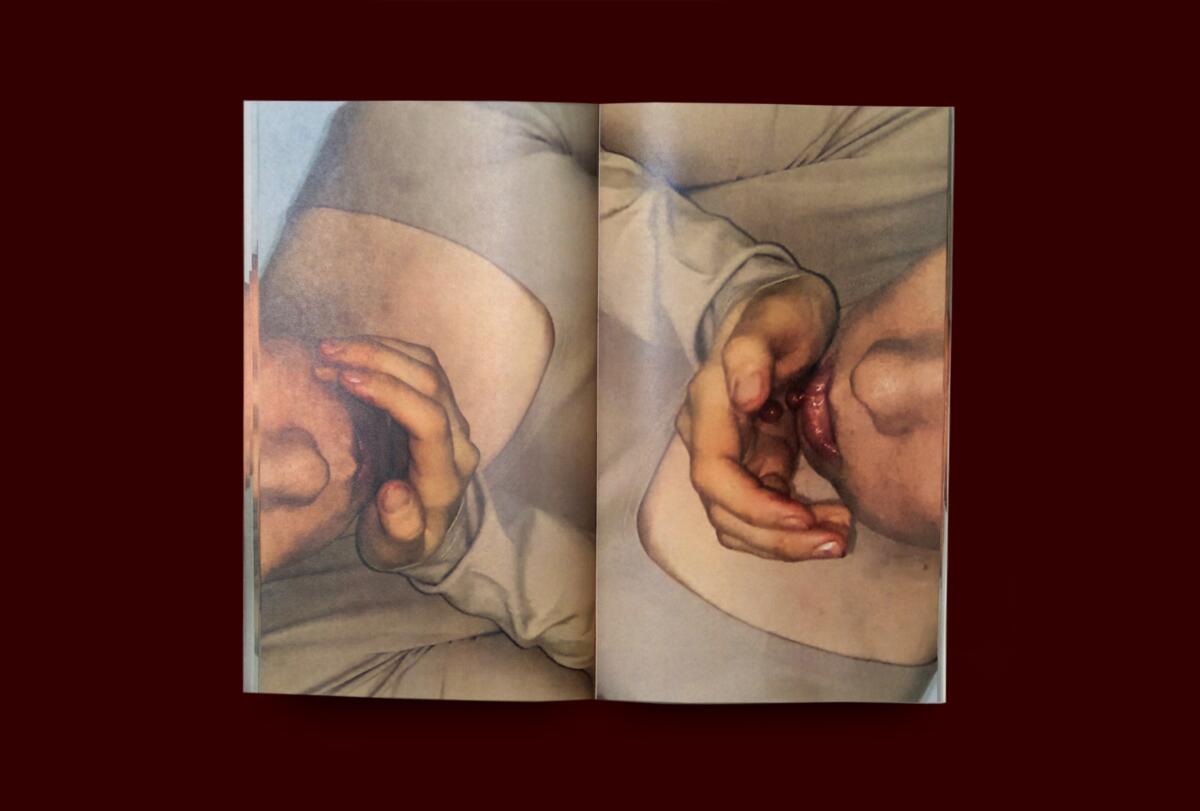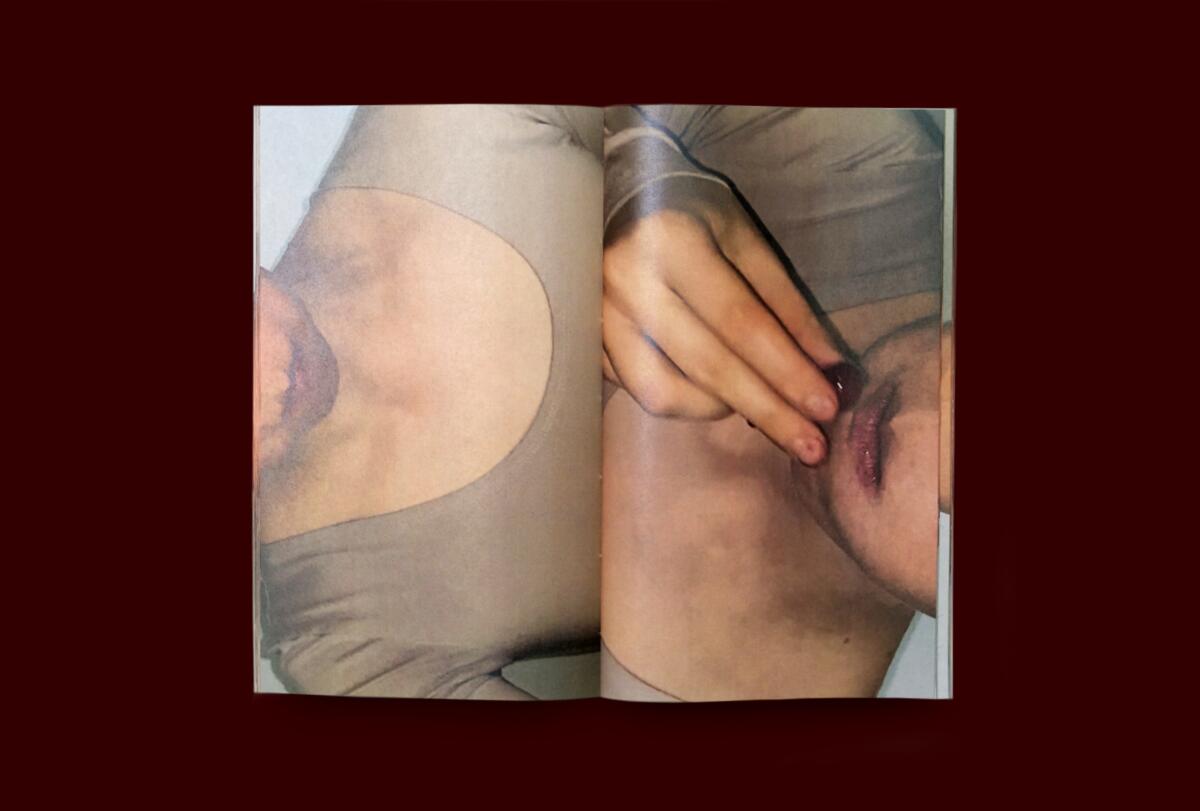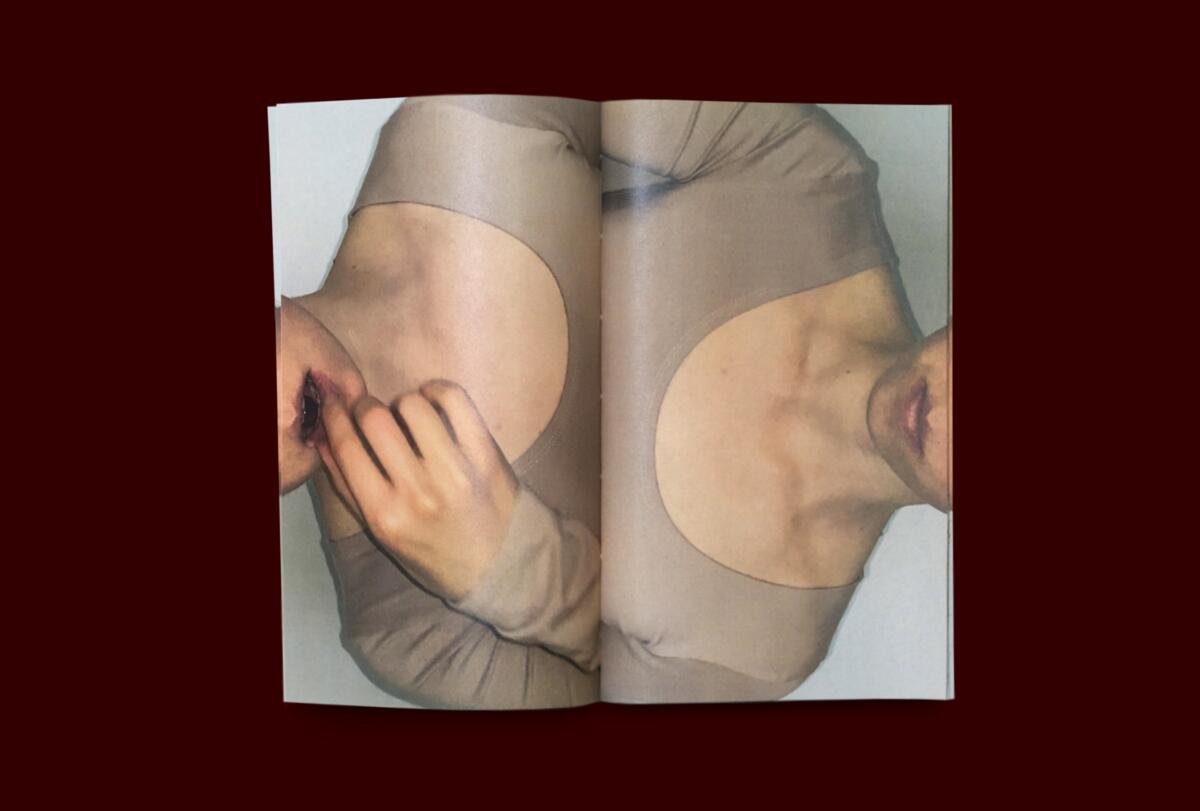
This interview is one in a series of three, initiated by ist publishing during the (ongoing) wartime in Ukraine. ist is a small press in Kyiv-Khmelnytskyi-Lviv that speсializes in books on contemporary culture and art, established by Kateryna Nosko, Anastasiia Leonova, and Borys Filonenko in 2017. They focus on publishing research on art and artbooks by Ukrainian artists, as well as the translation of fundamental texts on art theory and history, philosophy of art, sociology of culture by the leading foreign researchers, into Ukrainian.
Kateryna Nosko: What does an art book as a medium mean to you as an artist?
Katya Lesiv: For me, an art book is a very eloquent, affective, and controlled medium. It is a space within a space, an object that cannot function without a viewer. It is the viewer who determines the rhythm and tempo of the work.
Recently, I realized that my latest works, in the form of books, have a kind of performative nature. That is, the images are not documentation of a performance, but rather the book is the only form in which this action actually exists. For example, the Cherries art book which delves into my personal memories of childhood, and the consequence of memory.
“I climb a tree, I see cherries. I see a red cherry, I pluck it, I put it in my mouth. I see a red cherry, reach for it, pluck it, put it in my mouth. I see another red cherry, put it in my mouth. How many cherries can fit in my mouth? I put as many cherries in my mouth as can fit. I spit in the palm of my hand. So many cherries fit in my mouth.”
This performative relation with the viewer is possible due to the simultaneous static and dynamic form of the book. This is an object that comes to life in the hands. There is something ritualistic about it. When a stationary form calls for interaction simply by its presence, the viewer may or may not come into contact with the object. It is the viewer who makes the book move and determines its rhythm and tempo. It is a very intimate type of contact, which is one of the strongest qualities of the art book as a medium; this kind of contact requires more engagement than most other art forms.
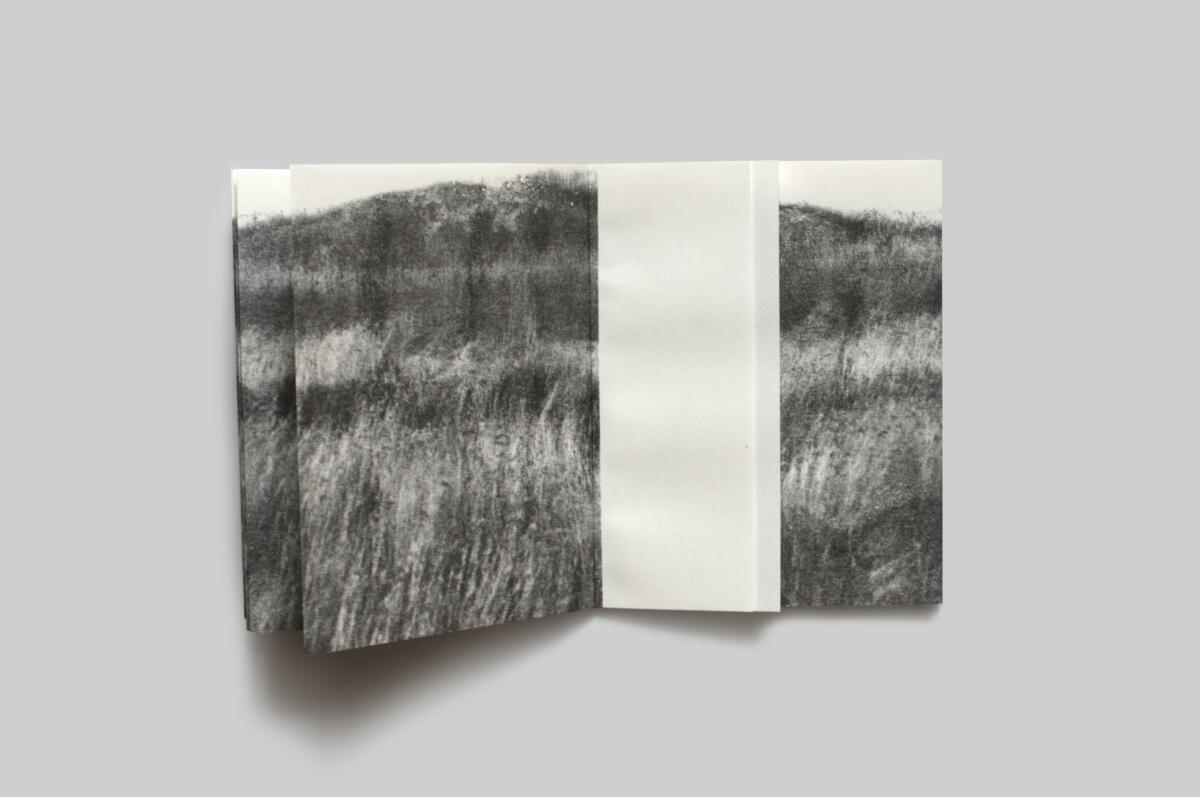
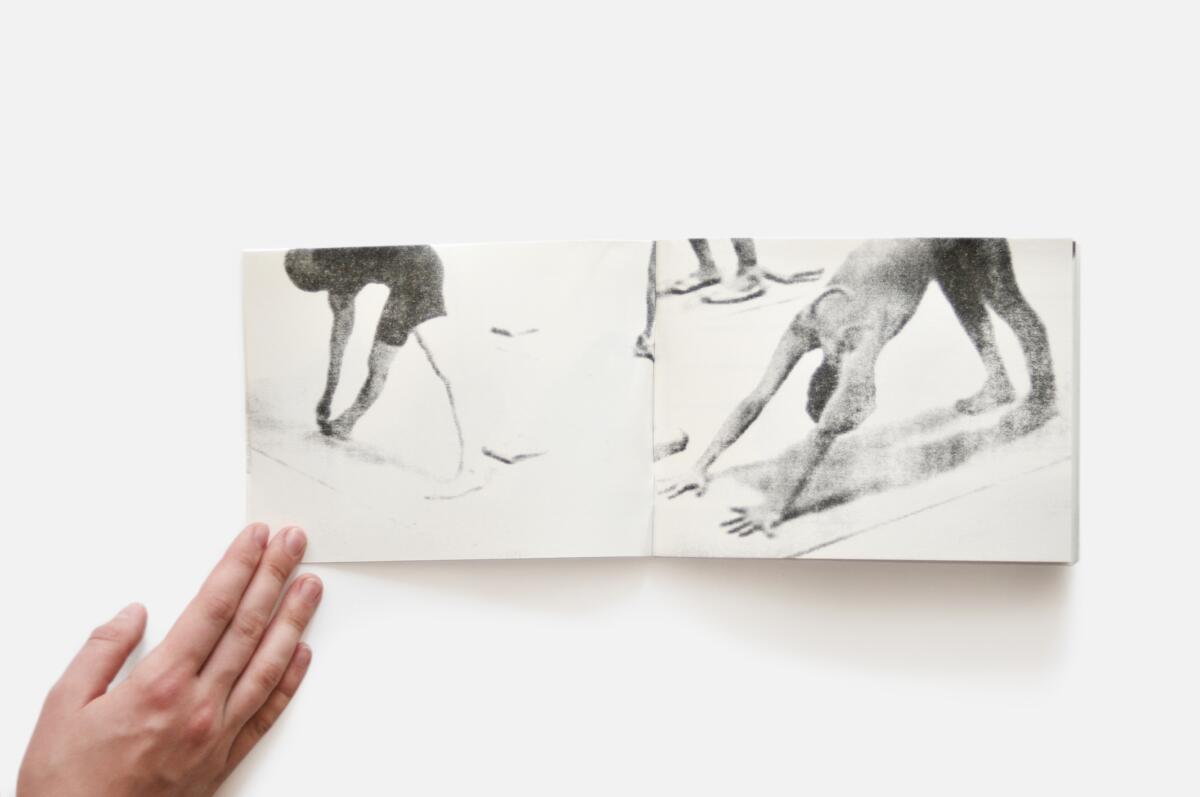
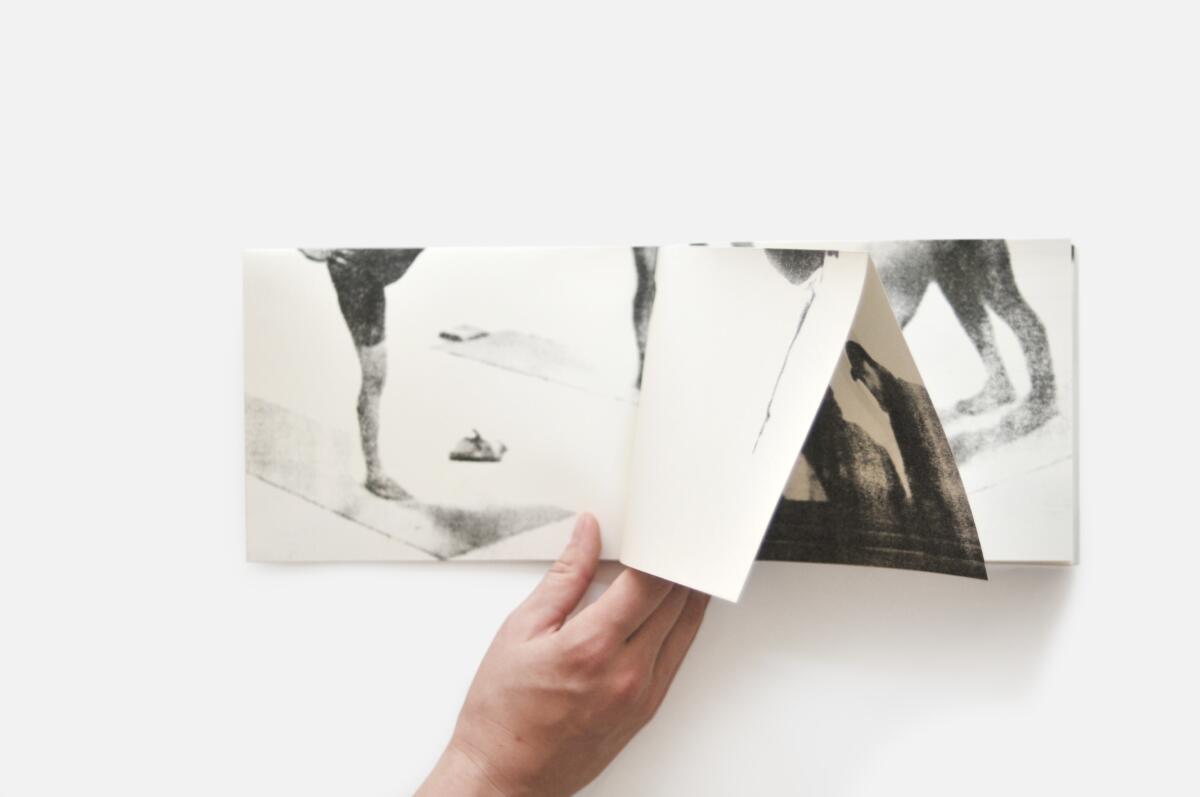
When did you feel that you had something to say in the art book format?
I studied book graphics and illustration at the art academy in Kyiv. There I realized that I am not an illustrator, and I discovered the book as an art form. And I had enough time and space to explore it. At that time, together with three other artists, I created one hundred art books of one hundred poems by the Ukrainian futurist poet Mykhailo Semenko in less than a month.
Quite consciously I started using the art book form as a medium at the beginning of the Lullaby project. This series includes not only art books, but also graphic works, objects, installations, and videos. Each work is a kind of dedication to an event, a person, a place, etc., centering the lullaby as a selfless act of love during a transition from one state to its inverse.
What was your first art book?
It is difficult to say. I think the little book Lilac can be called an art book. I was at the night Easter vigil in one of Kyiv’s cathedrals. Lilacs were blooming everywhere, and women in headscarves were climbing the stairs in a dense stream as if lilac blossoms were moving in the light wind. This book is a visual story, there is no text. It’s a kind of spotlight, a tribute to the impression made in me, by this image of the women. This book has become a part of the Lullaby project.
Is it essential for an artist to create their art books with their own hands?
No, of course not. An art book is a statement, just like any other medium in art. But, one way or another, the decision of how the work is created should not be accidental. This is a big part of the work.
My guilty pleasure in creating art books is direct contact with materials and a certain routine, rhythm.
What is important to you in an art book?
Honesty is important to me, and quality, of course. This is an essential base. I think more and more that the most difficult thing in art is to find the exact form for your work. Not what is easy, or typical, but what is most accurate. The medium and material that will reveal the essence precisely through the form. It so happens that for me it is often a book.
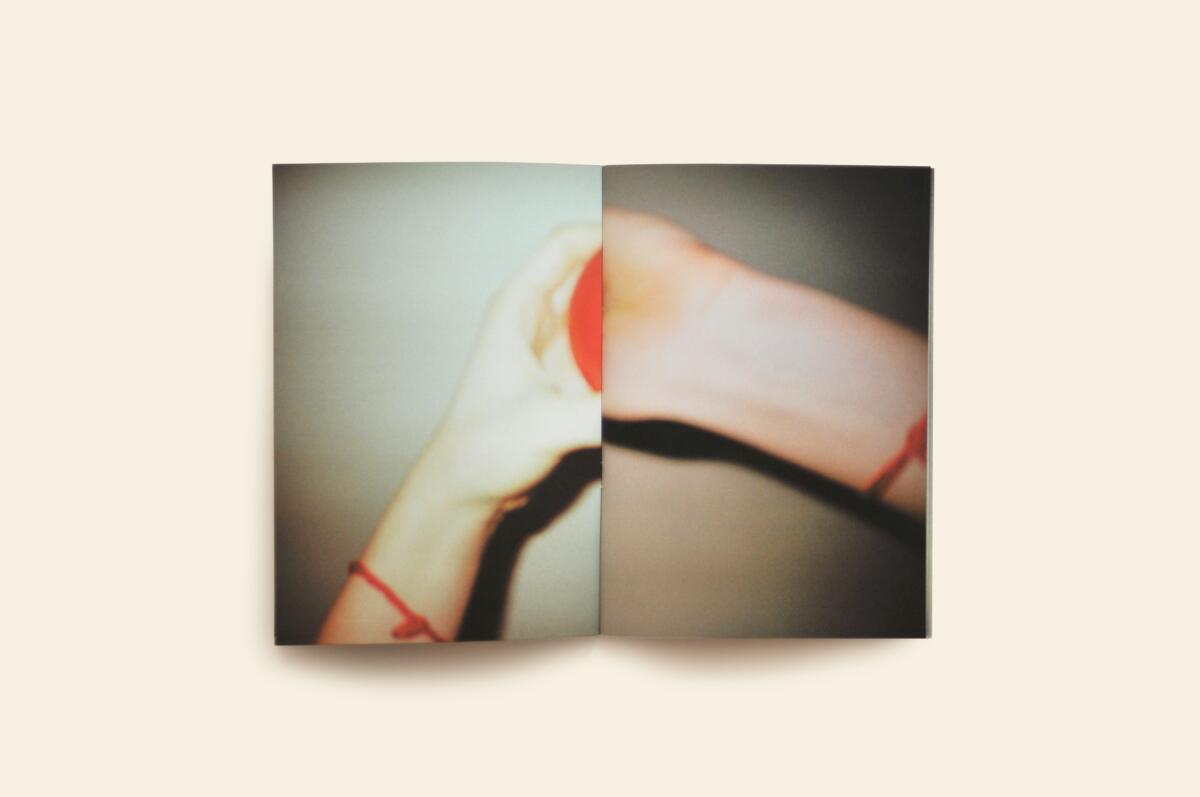


Why was it important to print an edition of the art book?
For me, working with an art book is always an artist’s work, an individual story that does not deserve compromise. Therefore, the decision about its circulation is also quite personal. Most of my art books are self-published in small editions (from 3 to 30). I Love You is my second experience of publishing an art book with a publishing house. Katya Nosko’s sincere attitude towards the art book resonated with me, and while we were walking in the park, we decided to print an edition. I went for it only because I trust ist publishing, their attitude and understanding of the book, as well as their straightforward presentation of the book to the public.
Printing an edition is another way of expressing the book. Editioning does not devalue the book, but strengthens it, even when we talk about a book as an art object. I Love You actually has two editions: 500 copies printed by the publishing house and 5 copies – a limited edition – printed with analogue printing. The second edition has not been shown yet.
Your art book I Love You, how did it come about?
This is a kind of documentary life story. At that point in time, I was exploring the experience of an ending, and what it could be. And I felt that it is very much about maturity, about the paths of inner growth. About the fact that denying the end of life, feelings, and interests, means denying life as well.
And so the art book came about when I went to the market and bought one white peony from one elderly woman. About a day later, it opened its petals, it was at its peak. Then I bought another peony from the same woman, put them in different glasses, and documented their stages of maturity.
What is the importance of the hand seaming you did for I Love You?
Firstly, it was a purely technical need that the printing houses could not satisfy at the time.
But then another reason for me is related to the possibility of making spontaneous decisions even in the case of book publishing. This is a feature of young and lively, somewhat chaotic, and rather passionate art and everything related to culture in Ukraine. This is a decision that is not financially justified either for the publishing house or for me as a performer. But this decision is what gave me the possibility to print the edition. This direct contact with each copy. They are each sacred.
What are some more recent art books that have impressed you?
I cannot perceive art to the fullest extent now. I am currently in an artist residency and all my contacts with contemporary art have not been positive experiences. It seems to not be relevant now. It is not because of the war in the literal sense, but because of the experiences associated with it. I prefer silence or action now. I have lived at the reserve all summer. My relationship with nature has acquired a new quality. Pryimachenko’s works about the war and old songs impress me now. To me, all this is somehow correlated with the art book.
Since the escalation of the war, select works by Ukrainian artists, for example, Tamara Turliun, have been close to me. They are not in the form of a book, but, in my opinion, they have a similar sense of privacy.
Well, Katya, my last question: why is an art book an art piece?
Well, this question is not actually about the form. Not every art book is a work of art. An art book is an object in space; a multi-layered, meaningful object with strong metaphor and reference, which has the potential to work on different planes, with a sense of independence, of architecture.
Edited by Katie Zazenski
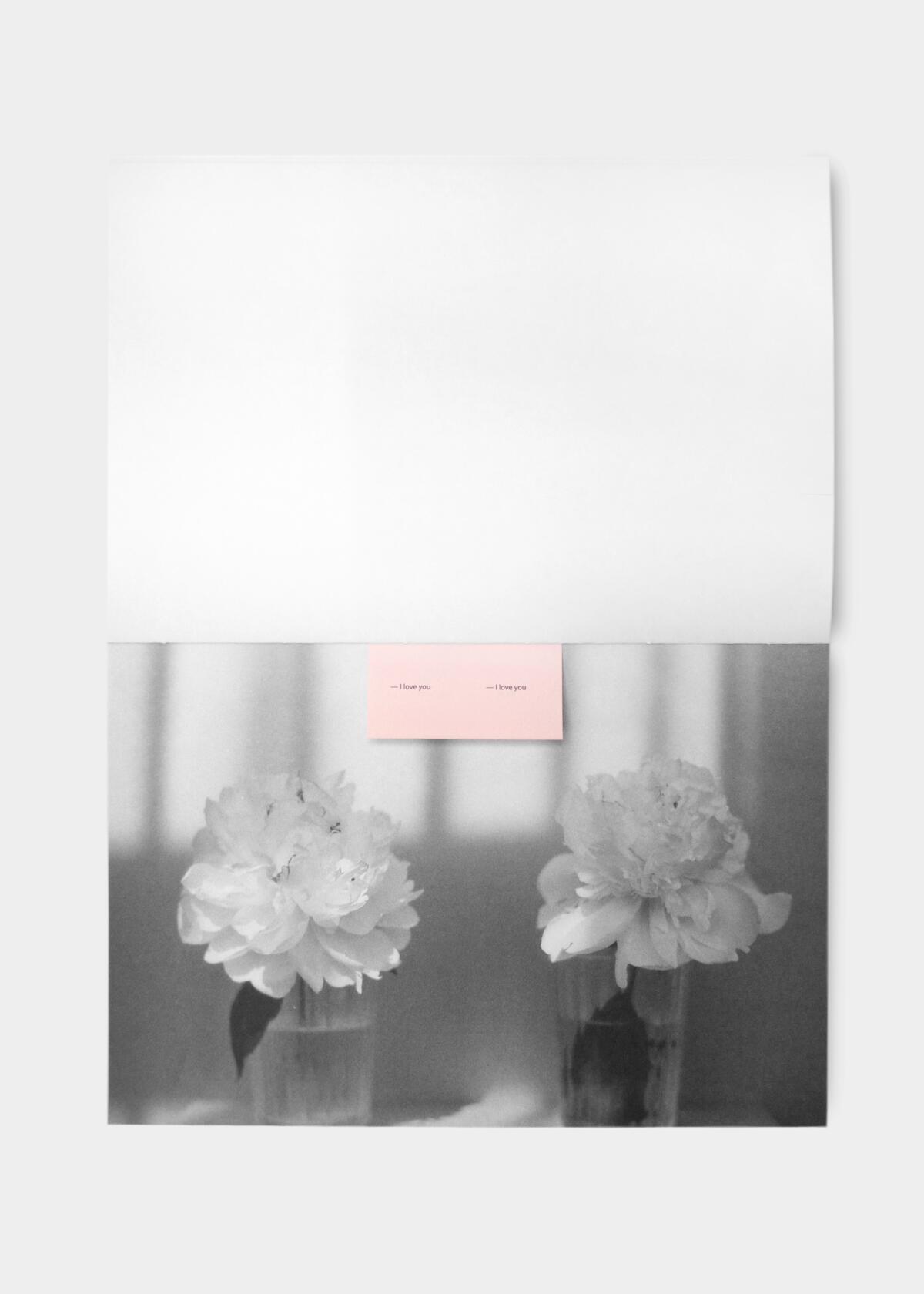

Translation from Ukrainian into English by Julia Didokha
Katya Lesiv is a Ukrainian artist. Born in 1993 in Khmelnytskyi, Ukraine. Works with artbook, photography, installation, graphics. Artbook Lullaby 1 published in 10 × 10 Photobooks’ latest project and publication presents a global range of 21st-century photobooks by female photographers How We See: Photobooks by Women.
https://www.katyalesiv.com/
https://www.instagram.com/katya.lesiv/
Imprint
| Artist | Katya Lesiv |
| Index | Kateryna Nosko Katya Lesiv |

